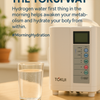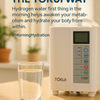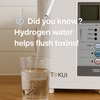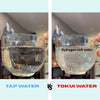The Science behind the Purity: Exploring the Phenomenon of Electrolysed Water
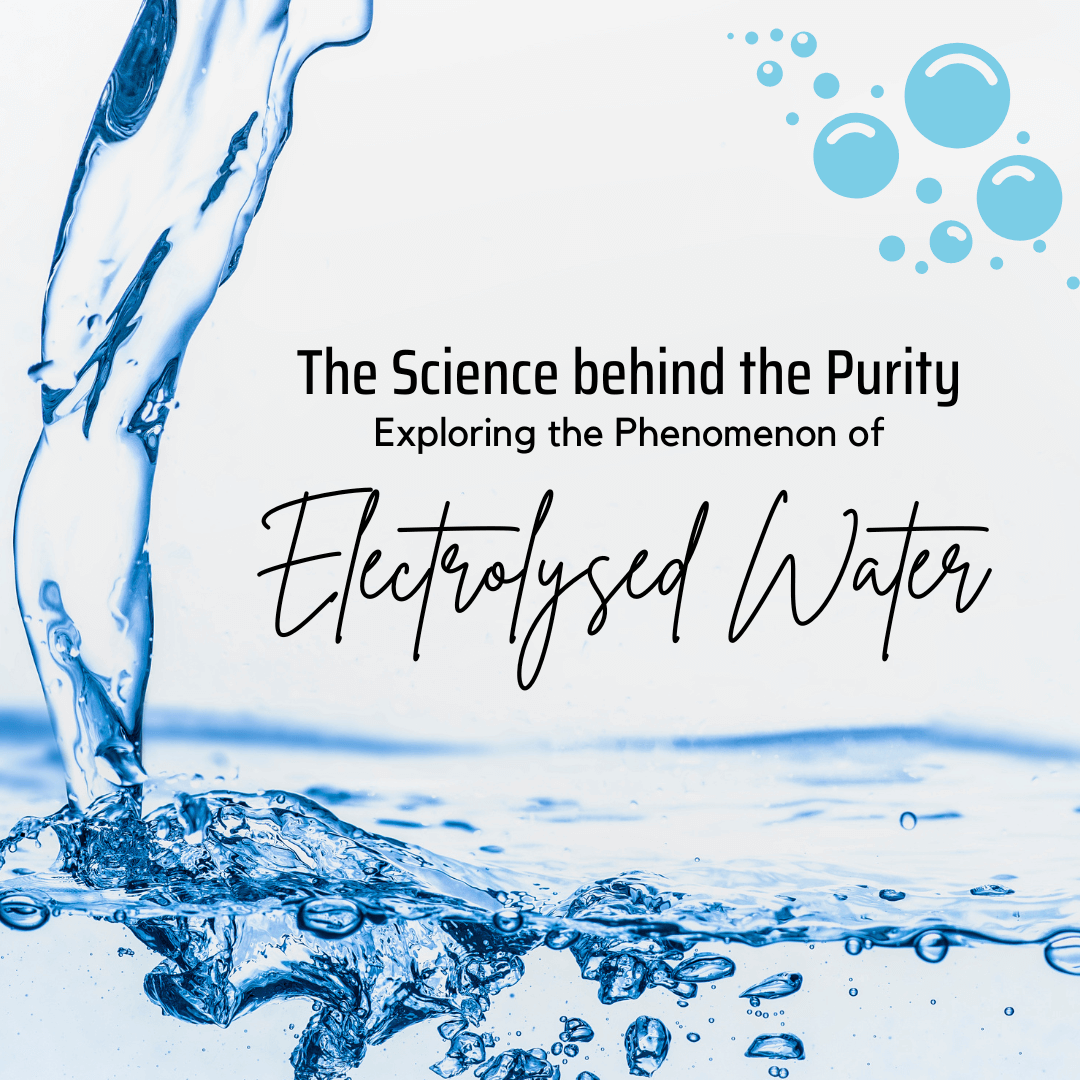
Electrolysed water: it sounds like something out of a science fiction novel, but this innovative substance is making waves in the realms of cleaning, sanitation, and even agriculture, all thanks to the fascinating science that underpins its purity. So, what exactly is electrolysed water, and why is it considered so pure?
At its core, electrolysed water is a simple solution consisting of two primary ingredients: water and salt. When an electrical current is passed through this saline solution—typically through a process known as electrolysis—the result is the creation of two distinct compounds. On the negative side of the electrode (the cathode), hydroxide ions form, leading to alkaline water, and on the positive side (the anode), hypochlorous acid is produced. This combination of hypochlorous acid and sodium hydroxide results in a powerful disinfectant capable of eliminating bacteria, fungi, and viruses.
The science behind electrolysed water's purity unfolds at the molecular level. During electrolysis, the electrical current disrupts the chemical bonds between molecules. This disruption leads to the reformation of these molecules into new compounds. Hypochlorous acid, for instance, is a naturally occurring compound in the human immune system, used to fend off pathogens. When produced through electrolysis, this acid assumes a form that is highly effective at sanitization without the need for harsh chemicals found in conventional cleaners.
This presents a notable advantage concerning purity. Unlike traditional chemical-based disinfectants, electrolysed water leaves no toxic residues or harmful byproducts. It reverts back to its original components—salt and water—after its disinfecting action, which makes it environmentally friendly and safe to use even in close proximity to humans, animals, and food.
Additionally, the science of electrolysed water extends to its potential applications. Its non-toxic nature opens up possibilities that were previously off-limits to chemical disinfectants. It can be used for organic crop production, food processing sanitation, medical facility cleaning, and even in water treatment systems. In agriculture, for instance, electrolysed water has been found to enhance plant growth and resistance to diseases, all while maintaining soil health—achievements that can have profound implications for sustainable farming practices.
When discussing the applications of electrolysed water, one cannot overlook its role in hygiene and public health, especially in light of recent global events. With the increased scrutiny on sanitation practices, this chemical-free disinfectant offers an effective solution for maintaining high standards of cleanliness in public spaces, reducing the spread of infectious diseases without adding harmful substances into the environment.
In conclusion, the science behind the purity of electrolysed water is a compelling narrative of chemistry, innovation, and environmental stewardship. As society continues to search for sustainable and safe solutions in our day-to-day lives and industries, the role of electrolysed water is set to expand. Its ability to seamlessly deliver potency as a disinfectant while upholding safety and eco-friendliness is a testament to the potential of scientific innovation to shape a healthier, cleaner future.
